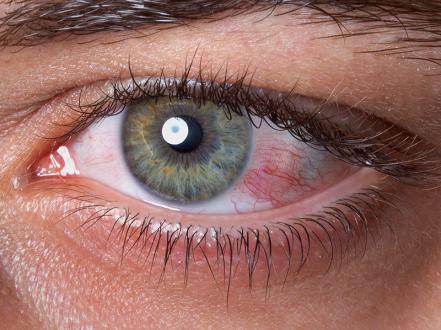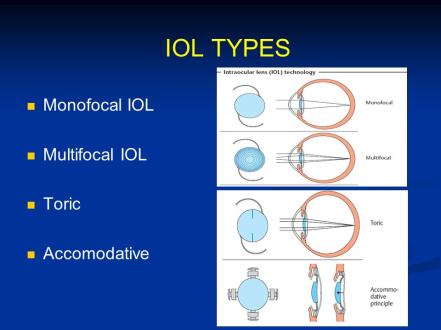With the modern screen-oriented way of life, eye health problems are more severe than ever. Thus, the question in everyone's mind is: What is digital eye strain? Understanding this new vision challenge is important as more and more people get screen-fatigued and develop tired eyes, which can affect productivity and overall well-being.
Unraveling the Causes of Digital Eye Strain
What is digital eye strain? Essentially, it is a collection of vision and body aches caused by too much screen time. Computer vision syndrome is one main cause. A second prominent cause is blue light exposure, which disrupts natural biological rhythms and causes eye strain.
Sustained focus on backlit displays makes our eyes work harder, lowers blinking rates, and dries them out. Environmental conditions, such as low light, glare, and reflections on the screen, also contribute to general eye strain from screens. All of these combined produce a modern-day visual fatigue that pains millions daily.
How Screens Affect Eye Comfort
Infrequent screen usage hardly ever leads to great discomfort, but the effect intensifies with prolonged use. Digital screens tend to decrease blinking by as much as 50%, causing irritation and dry eyes. Incessant refocusing required for text, images, and notifications tends to fatigue the fine eye muscles, leaving one with weary eyes and an overall feeling of visual exhaustion. Even minor problems such as glare from the screen or inadequate monitor positioning tend to worsen these symptoms, making relief measures imperative.
Signs You’re Experiencing Digital Eye Strain
Recognizing the early warning signs of what is digital eye strain can prevent long-term damage. Common symptoms include:
- Blurred vision after hours at a screen
- Persistent eye fatigue or soreness
- Headaches from screen time that intensify with extended use
- Eye irritation, especially in low-humidity environments
These conditions are typically felt since the eye muscles become strained and the tear film is unstable due to reduced blinking. Individuals most at risk include office workers, computer gamers, students, and those spending long periods in front of computer monitors.
Fortunately, screen eye strain is common and extremely manageable with intentional habit and environment alteration.
Quick Solutions to Ease Eye Stress
Instant solutions can cut discomfort dramatically. Minor adjustments can make a huge difference:
- Adjusting screen brightness to ambient light
- Using anti-glare screens or matte display covers
- Following the 20-20-20 rule: look at something 20 feet away for 20 seconds every 20 minutes
For those curious about how to fix digital eye strain, these methods are an instant relief. Implementing these steps on a regular basis can also cause your eyes to develop better screen habits and avoid future discomfort. How to reduce digital eye strain begins with small, mindful changes like these.
Long-Term Strategies for Healthy Screen Use
Better to prevent than to cure. Having long-term tactics in place not only prevents screen fatigue but also promotes general eye well-being:
- Optimize your workspace: screen at eye level, an appropriate chair support, and a comfortable distance from your monitor can prevent unnecessary strain on your eyes and neck.
- Schedule frequent breaks away from screens to give eye muscles a break and prevent the accumulation of fatigue. Even taking hourly breaks for just a few minutes can pay off down the road.
- Limit blue light during night hours to preserve natural sleep cycles, which also improves overall visual ease and relieves nighttime eye fatigue.
Understanding how to prevent digital eye strain guarantees that your eyes will remain comfortable, healthy, and less susceptible to long-term fatigue as a result of prolonged digital use.
When to Seek Professional Help
Most of the time, changing your lifestyle may assist with digital eye strain. An important question: How long does digital eye strain last? If the symptoms don't go away or become worse, you should contact a doctor. If you have digital eye strain for more than a few days or if your headaches, blurry vision, and dry eyes don't go away after you attempt to cure them, you should consult a qualified specialist. An eye doctor could check into what's causing your troubles, give you a prescription for glasses that will help, or refer you to a specialist for treatment. To make things easier, go through the best eye doctors' catalog to identify good eye doctors near you.
Digital eye strain is a widespread issue these days, but you can keep your eyes healthy and free of fatigue by knowing about it, making changes at work, and taking actions to prevent it. In this era of screens, everyone can safeguard their vision by learning what digital eye strain is, how to recognize the warning signs, and applying both short-term and long-term strategies to assist. If you alter the settings on your screen, take breaks often, or speak to an expert, your eyes may become adapted to being on displays for a long period.






